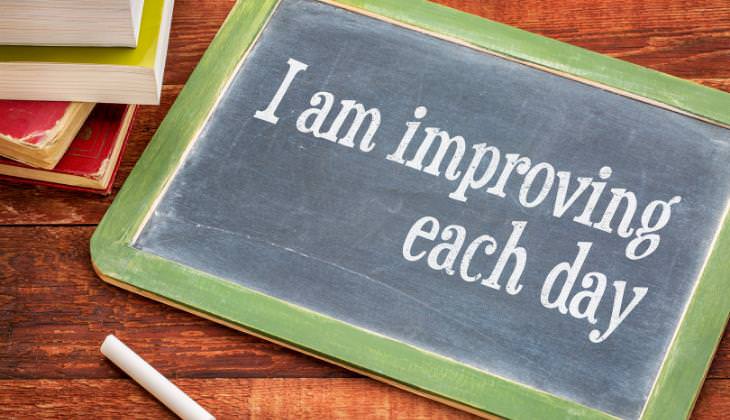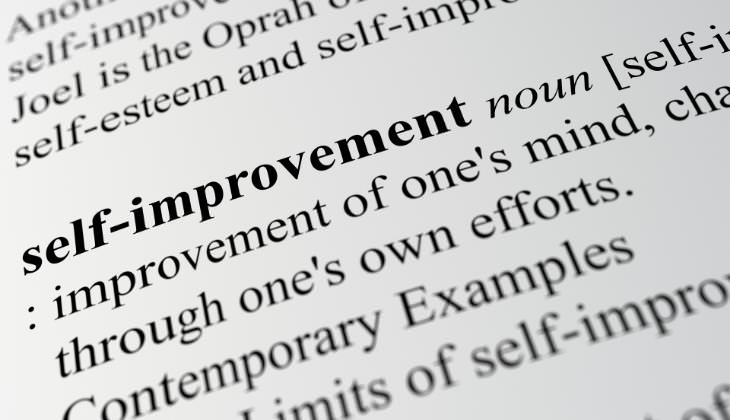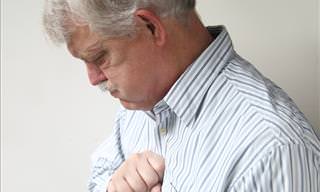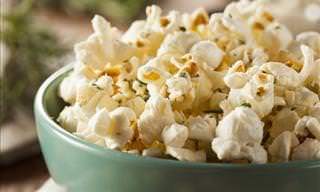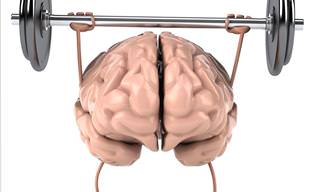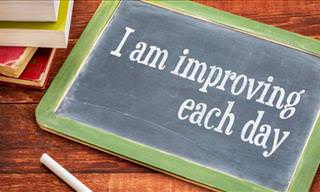1. Be Selective
Before purchasing a new book, take 5 minutes to skim through. Read the introduction if you have time. Read everything that's written on the cover, but skip the recommendations and critics. Only you can judge whether this book will benefit you. Trust yourself to evaluate the nature and quality of the book concerning your needs, and if you're doubtful you can leave it in the bookshop. Keep that reflexive stance while you're reading the book at home, and if you find after 50 or 100 pages (depending on how long the book is), that this book isn't as good as expected, quit it and give it away. Let go of the guilt in this action as your time is too precious to be wasted on this negative feeling, or a redundant book.
2. Be Active
If you're reading a self-help book or learning a new cleaning or health tip, try to see how can you apply your newly learned information into your life that same day. Have you learned how to fix a hole in a sweater? Go try to fix that hole right now. Have you learned that it's best to store fresh herbs in a jar with water? Go to the fridge and fix that bag of cilantro into a jar! The same goes for any practical tip or a new pattern of thinking you may learn from a book. This rule also applies to this article. Once you're done reading it, what action will it invoke?
Now, all this inspirational talk about "get up now and do the thing" is easier said than done. Let's see how can you build a system that will help you with that. In order to gain real progress, a shift in perspective is required. The difference between learning something by reading about it and learning something by trial and error is that the former is a passive form of learning, while the latter is an active form of learning. This example clarifies: if your goal is to become a better painter, reading about color theory will only help to a certain extent. Only periodical practice will have a real and positive impact on your skills. As Clear put it: "Passive learning creates knowledge. Active practice creates skill."
3. Be Meticulous
In Don Norman's book, The Design of Everyday Things, he speaks about knowledge in the world as opposed to knowledge in the brain. Knowledge in the world can take the form of a recipe book or post-it notes. These are physical tokens that contain valuable information that you don't have to store in your mind like you would knowledge in the brain.
Instead of wasting mental efforts trying to memorize every piece of advice you read, write it down either as a quote or paraphrase it in your own words and store it in a system you can easily navigate. You can use a note app on your smartphone, you can manage a word document on your computer or a paper pad with colorful bookmarks. You can invent a whole new system for managing your notes, but be meticulous about keeping them arranged, whether by book, by subject, or alphabetically.
4. Be Insightful
This tip applies to when you read more than 2 different information sources about the same topic. Noticing their overlapping, their interconnectedness is your new insight. This starts your web of ideas. Write your insights down in your notes library, even if it only amounts to "I noticed that writer X and writer Y call the same idea different names". Try to elaborate on how the two different ideas connect. The more you indulge in a certain idea the easier it will be for you to remember and practice it.
5. Be Educational
Be a good teacher of the topics you learn, to make sure you fully understood them. As soon as you finish a book try to recall it to someone who hasn't read the book. If they understand, your explanation was good.
Write it down in three sentences at the beginning of your notes list. Clear suggests these 3 guiding questions:
1. What are the main ideas?
2. If I implemented one idea from this book right now, which one would it be?
3. How would I describe the book to a friend?
This summary will help you decide if you want to read the book again in the future. At first, summarizing a complete book into 3 sentences won't be easy. Try again and again until you successfully distill your thoughts into a concise paragraph.
6. Be Diligent

Sometimes we stumble upon pieces of advice in the form of an online article or a book a friend lends us. But if you're actively looking for information in order to learn about a specific topic, make sure to read multiple sources of information. Listen to numerous different perspectives and opinions, and collect enough data before forming your own opinion. You'll get the fuller picture and an option to establish a well-researched opinion of your own.
Let's take a look at Clear's method of reading more books. Most of our reading habits today are reactive. Meaning, if we see an interesting headline we react by clicking and reading. We don't proactively make time to read a book we chose on our own. We are on the quest to form a new proactive-reading habit. In order to incorporate a new habit into your life Clear suggests two methods:
1. Set a date with yourself. Instead of vaguely saying, "I'll read more books this year!," try "I'll read for 30 minutes, every Tuesday and Thursday, at 18:00, in the living room". You now have clear boundaries in the form of duration, time, date, and location. To make it easier for yourself, keep the book in the living room. This method can be applied to any new habit you want to form.
2. Another great way to form a new habit is to attach it to one you already have. For example, reading 20 pages before or after brushing your teeth in the morning. Brushing your teeth is a strong, lifelong habit. It will be your anchor to the new habit.
7. Be Curious
Finally, don't be afraid to revisit great books you read in the past. Truly resourceful books will be relevant to numerous topics in your life, and revisiting an old book could yield new ideas. It can also function as a benchmark for your progress. Practice makes perfect, and repetition is key even to theoretical learning.
Sources:
JamesClear,
1,
2.
 Go to BabaMail
Go to BabaMail


